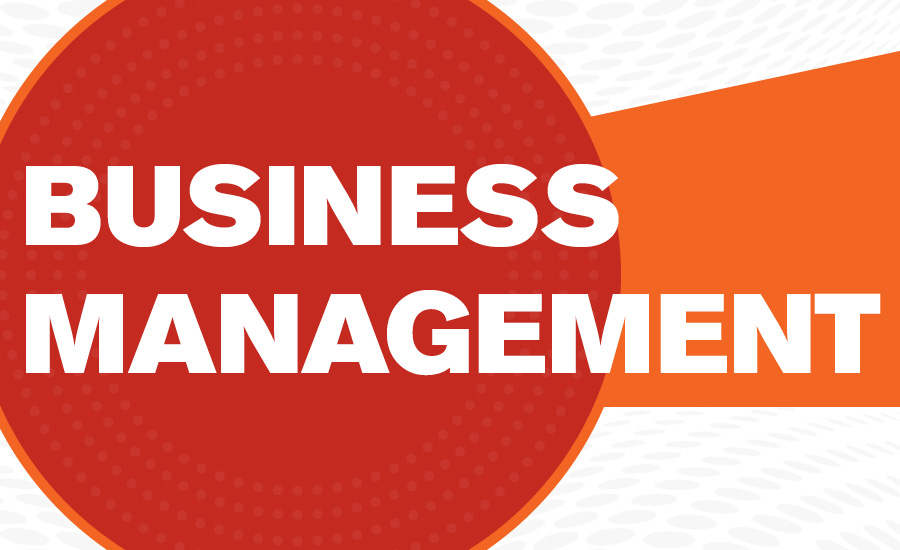We want to dive into some of the important components of a good eLearning and enablement strategy. eLearning can be a pivotal addition to any incentive program as it helps to enable your salespeople, customers, or employees to perform that much better. Let’s start with the basics:
Did you know?
- 42 percent of companies say that e-learning has led to increased revenue
- Every dollar invested in online training results in roughly $30 in productivity
- Companies that use employee e-learning initiatives see an 18 percent increase in engagement
- 72 percent of organizations believe that e-learning helps them increase their competitive edge by giving them the opportunity to keep up with changes
- With e-learning, participants learn nearly 5 times more material without increasing time spent training
What is eLearning?
eLearning means different things to different people. Sure, it’s a method of education, but more and more we’re starting to see this education taken out of the context of the classroom and utilized in the business arena.
In fact, since 2000, the eLearning industry has grown by nearly 900 percent, and over 77 percent of all U.S. companies already use some form of eLearning technology.
These technologies can come in the form of a robust Learning Management Solution (LMS), a tool for professional development, a more focused product training solution, or a steps-to-the-sale channel enablement initiative.
How is eLearning utilized?
For some, eLearning might mean enhanced training technology that enables its salesforce to sell more effectively. This might be the case for companies whose products are complex by design, and thus more challenging to market and/or sell to customers.
In other words, as certain products become more complicated to explain, sales and marketing teams will need to be better equipped to translate into layman’s terms the benefits and advantages of these products.
For other businesses, an eLearning solution might be a useful way of transforming an existing training model. This could be particularly relevant for companies with a global reach, whose sales and support personnel are widely dispersed across the globe.
In this case, any type of training or professional development sessions (e.g. seminars, workshops, conferences, etc.) can be expensive and inefficient to physically organize.
Yet another way eLearning might be used is as a tool for educating channel partners. For these businesses, “enablement” is all about enabling your channel to be self-sufficient, by empowering your partners to move your products more effectively.
Whether it’s distributors, dealers, or contractors, the more these channel partners know about your products, the better they’ll be able to sell them.
Finally, many companies like to use mindshare as a path to market share. When 90% of sales tools developed by marketing teams aren’t being consumed or utilized by sales channels, this creates an opportunity for these companies to provide eLearning solutions devoted to bridging this gap.
In this case, eLearning isn’t simply about gaining knowledge — it’s about building awareness.
Why eLearning?
Ultimately, eLearning solutions are a flexible and cost-effective way to increase both mindshare and market share in your industry.
While the path they take to improved ROI might not be as direct as a typical sales incentive program, with the proper rewards structure built around them, and targeted reporting and analytics resources devoted to evaluating their success, these types of enablement initiatives can end up providing a significant return on investment. Best of all, they can serve a variety of purposes depending on your business needs, and function in a myriad of customizable ways.
Now that you know the basics, get started on your own eLearning modules.
Publication date: 1/8/2018
Want more HVAC industry news and information? Join The NEWS on Facebook, Twitter, and LinkedIn today!









